Sustainable Fashion and Future Trends in the Textile Industry
Sustainability and fashion are two opposite words at first sight, since one refers by definition to lasting concepts, while the other refers to a temporary and constantly changing idea.
Global textile and fashion production have a negative impact on the environment and a very high carbon footprint. In 2018 the global textile and shoe industry alone was responsible for up to 10% of the global CO2 emissions and is estimated to be responsible for 20% of global clean water pollution. Raw materials need a substantial amount of water and energy for their production, there is a significant environmental impact during fabric chemical processing, which uses large quantities of chemicals, auxiliaries, energy and water leading to the generation of a significant amount of effluent. In the use phase, a large amount of water and energy are consumed for the care and maintenance of clothing.
Sustainable Fashion Is a Necessity
A sustainable approach is necessary! This not only includes environmental factors but also social issues such as fair wages, good working conditions, and so on. The good news is, there are solutions available, already today.
For example, there are several different types of biodegradable plant-based fabrics out there, including hemp, cotton, lyocell (aka TENCEL, Modal, Ecovero, etc.), jute and more. Especially celluloses fabrics are a promising alternative for a sustainable transformation of the whole industry. Another step further towards a circular approach are recycled fabrics reducing textile waste and even use other waste materials. In 2021 the European Parliament introduced the new circular economy action plan. This plan demands a “carbon-neutral, environmentally sustainable, toxic-free and fully circular economy by 2050”. Additionally, the action plan includes a strategy to tackle fast fashion and make textiles more durable and reuseable. This action plan contains many ideas not only for tackling fast-fashion, but also for handling textile waste. In Austria alone occurs around 221.800 tons of textile garbage per year. Only 17% are reused or recycled, the majority is just treated thermally.
Take Care of Your Clothes
However, the most sustainable approach is a reduction of over-production, over-consumption and in general to take care of your clothes. Wear your clothes as long as possible, repair them and wash them at low temperatures. Especially vintage clothes are considered a fashion statement among the young population. This has several positive effects on our environment and can be seen as a movement in contrast to fast fashion.
My tip: do not care about the “latest fashion” unless it is “slow fashion”!

Dr. Thomas Winkler
Founder
Apflbutzn FaireModeGraz
Reference
- https://rifo-lab.com/en/pages/abbigliamento-etico
- https://www.unep.org/news-and-stories/story/environmental-costs-fast-fashion
- cp. Rajkishore N, Amanpreet S, Tarun P, Rajiv P. A Review of Recent Trends in Sustainable Fashion and Textile Production. Curr Trends Fashion Technol Textile Eng. 2019; 4(5): 555648. DOI: 10.19080/CTFTTE.2019.04.555648
- https://www.europarl.europa.eu/news/en/headlines/society/20201208STO93327/the-impact-of-textile-production-and-waste-on-the-environment-infographi
- https://www.umweltbundesamt.at/en/news220207en
- Photo by EVG Kowalievska: https://www.pexels.com/photo/clothes-hanger-hanged-on-clothes-rack-1148960/



